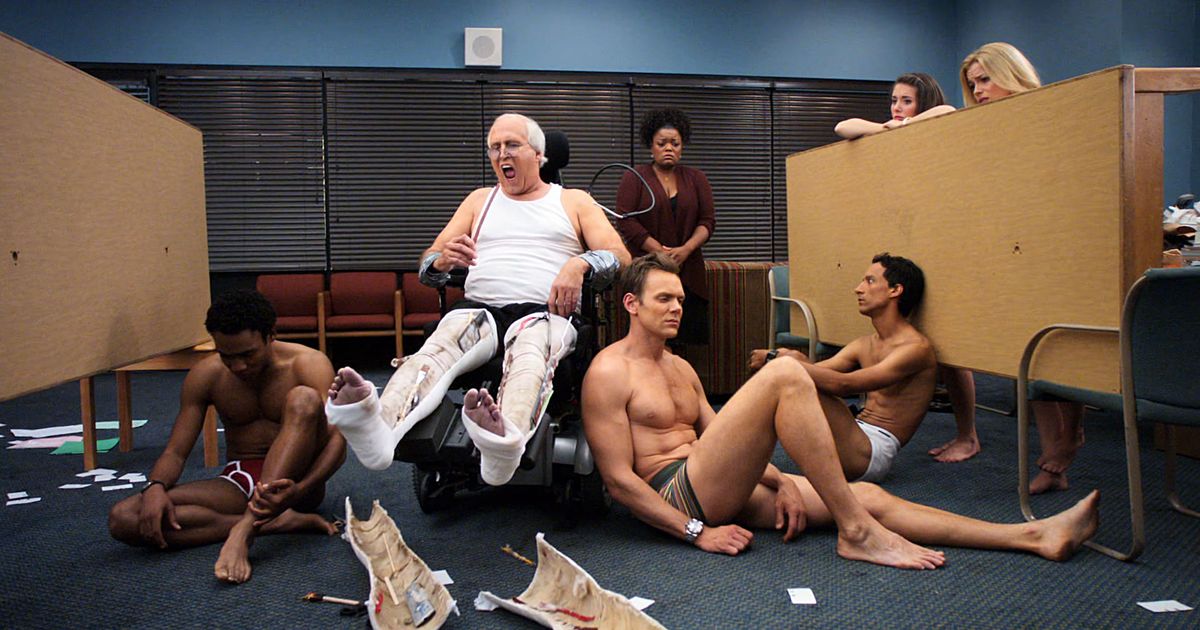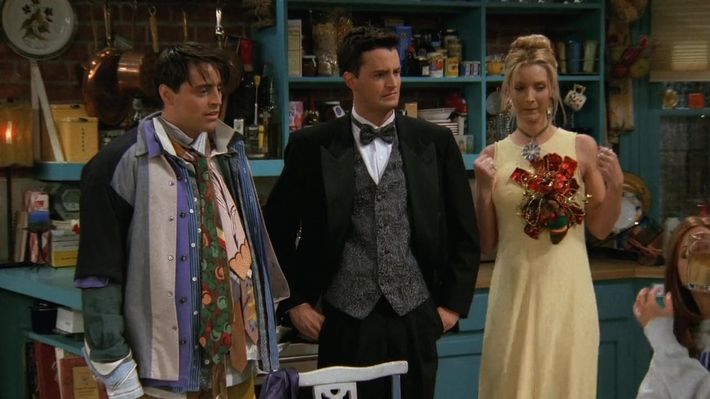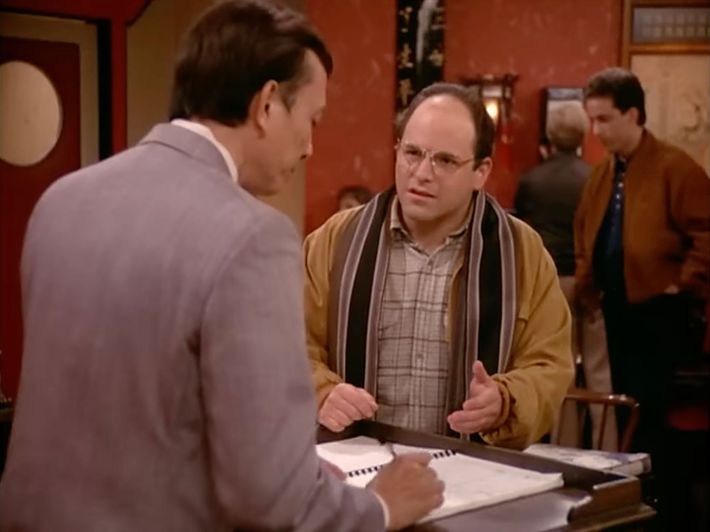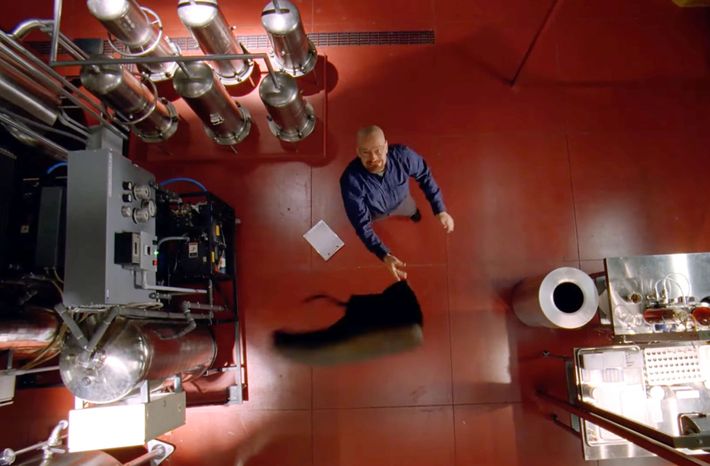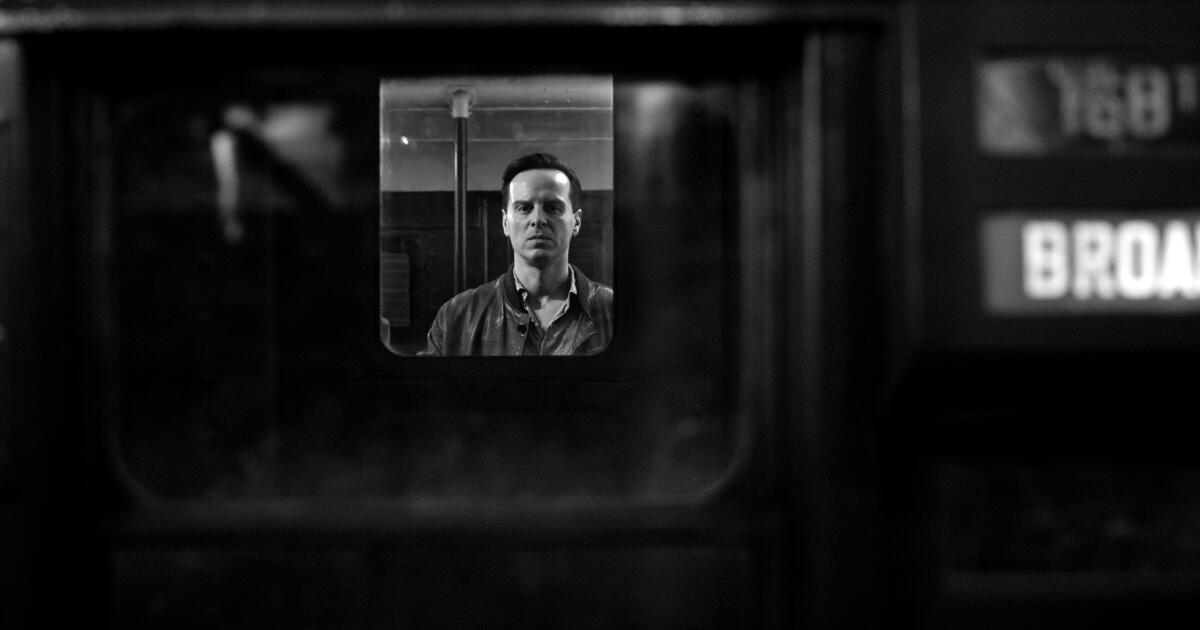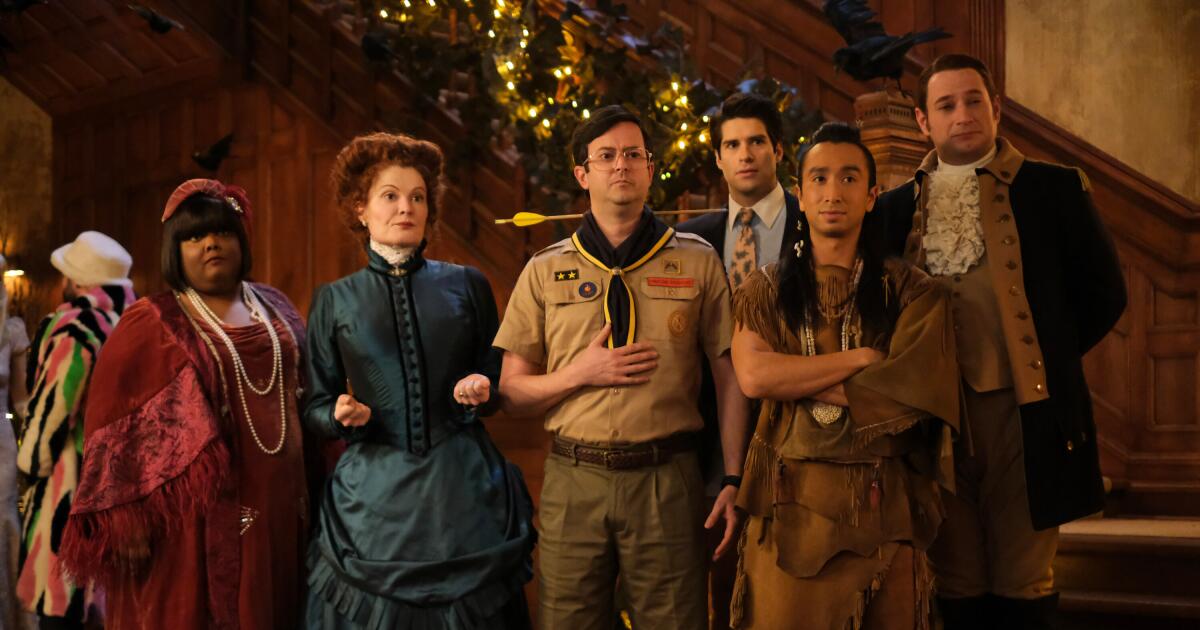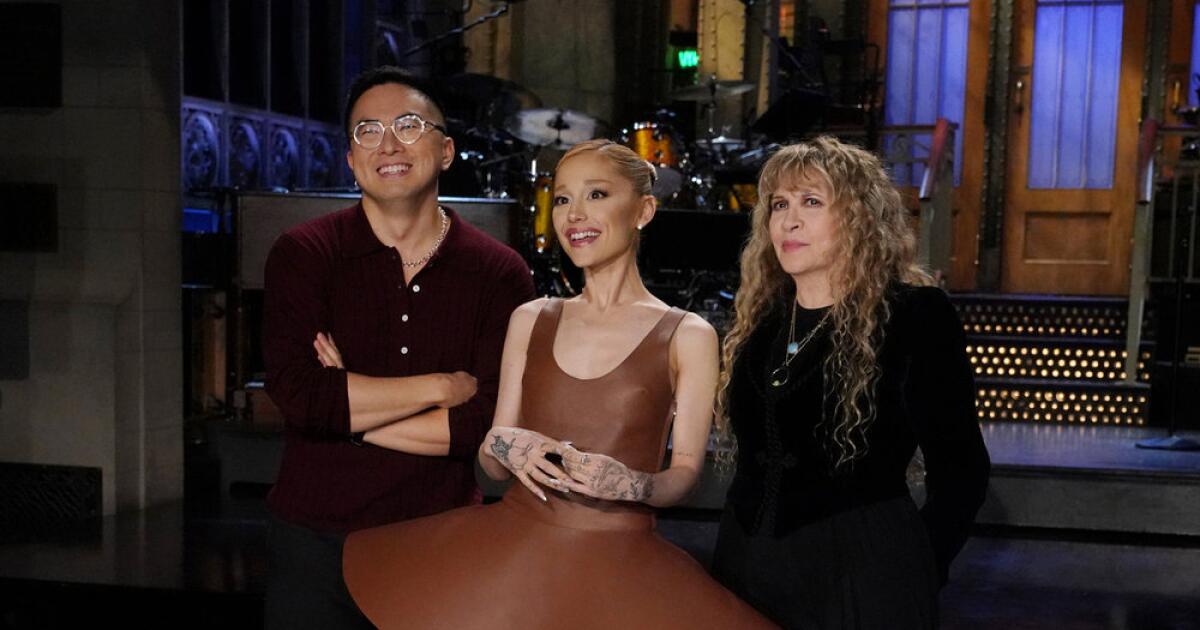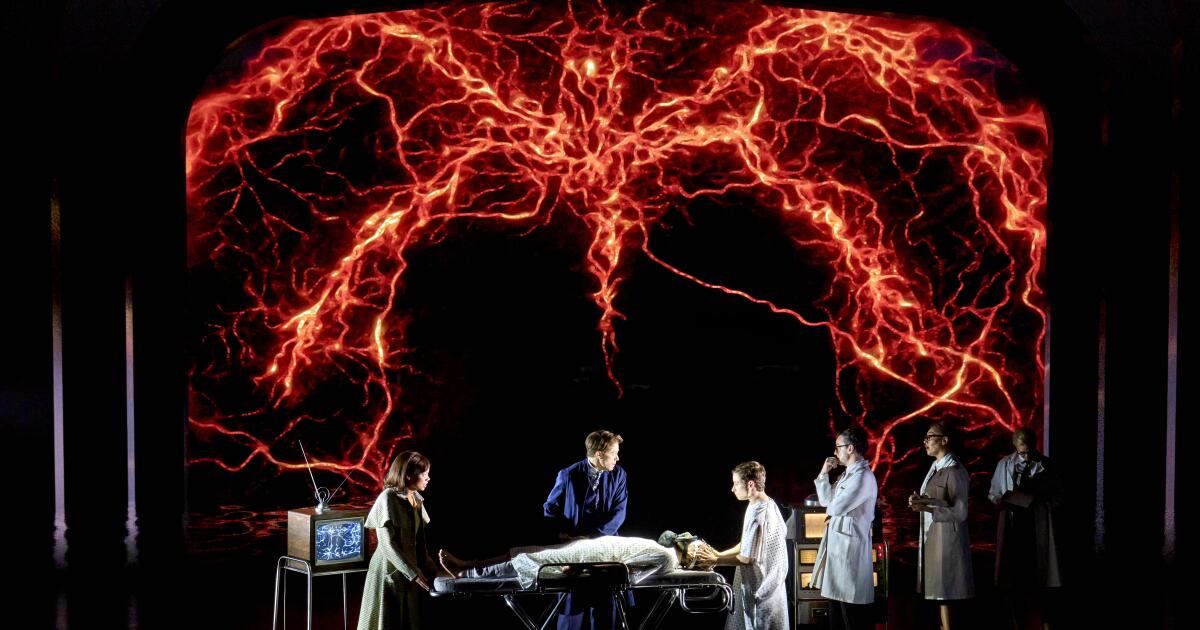The term “bottle episode” can inspire feelings of confusion and frustration.
Photo: Netflix
Welcome, weary internet traveler, to this shrine to the bottle episode. Perhaps you’ve arrived here with questions. Possibly you’ve heard murmurings about a term shrouded in mystery and controversy, a concept that your friend told you means one thing but that you suspect actually means something else entirely. Maybe you’ve watched Community’s season-two episode “Cooperative Calligraphy,” which is a bottle episode, and talks about bottle episodes, but never actually defines bottle episode, and now you need to know more. Maybe you’re in an argument about episode three of The Last of Us, and you’re here to finally set the record straight.
You want to know what a bottle episode is. We’re ready to help.
“The One Where No One’s Ready.” It’s a bottle episode.
Photo: NBC
The most familiar definition of the term bottle episode is an episode of TV that takes place in one confined place with a small cast and few or no guest stars. The Merriam-Webster definition adds another piece, describing it as “an inexpensively produced episode of television that is typically confined to one setting.” But both of those definitions lead to confusion: How do you define “confined place”? (Depends.) If an episode takes place entirely on a cruise ship, does that count? (Probably not. But maybe?) What is “small cast” — does that mean two or three people, or can it be more? (Yes, but possibly no!) What if there’s a tiny piece of the episode that’s in a different setting? (Could still be a bottle!) What if there’s one main cast member and one guest star? (Maybe?) Also, wait, why does it have anything to do with the setting? Isn’t a bottle episode more like “an episode that feels separate from the rest of the show”? (Absolutely not.)
A more complete definition of bottle episode is also more precise: It’s about how and why a specific episode is made, and it has nothing to do with what the episode feels or looks like or what kind of story it tells. Bottle episodes, an idea that may have come from Star Trek but also originates in the 1960s with a show called The Outer Limits, are first and foremost a money-saving strategy. Factors like building new sets, filming outdoors or on location, adding guest stars who don’t have full-season contracts, or requiring significant visual effects all make an episode more expensive, and the point of a bottle episode is to save money so that other episodes in that season can go big. As a result, the strictest definition of a bottle episode is an episode that’s filmed entirely on one prebuilt (“standing”) set, includes only main cast members, and is cheaper and faster to produce than a standard episode.
That underlying financial pressure has a tendency to produce a certain kind of story. Bottle episodes often create some reason for everyone to get stuck inside this small place: a door is locked, there’s a deadline, there’s a bomb threat, there’s something to wait for. A classic example is Breaking Bad’s season-three episode “Fly,” which centers on the two lead characters, trapped inside a large underground lab, who have nothing to do but talk to each other. Director Rian Johnson confirmed that “Fly” was written and filmed to be much cheaper because the show needed too much money from the season’s budget for other episodes, and that budgetary circumstance created the fictional result. The characters can’t leave, so “Fly” is this intense, wordy, emotional TV episode that feels set distinctly apart from the rest of the series.
But that kind of fictional experience can be created without actually making a bottle episode. It’s why viewers (and even some critics) have fallen into the habit of expanding the idea to include anything that feels like a bottle episode. The X-Files’s season-one episode “Ice” is one example: Originally intended to be exactly the kind of cost-saving idea bottle episodes are designed to provide, “Ice” is set in an arctic-exploration station with a lurking monster and a very small cast. But the complex horror-movie production elements actually ended up blowing through the budget, particularly because the episode required a fair amount of CGI. Not a bottle!
Mad Men’s “The Suitcase” from season four is another version of “feels like a bottle episode but is not one.” Peggy and Don are on deadline, and almost all of the episode is just them trying to work out a new campaign for a luggage company while also talking around (and eventually about) their whole relationship. But they don’t stay in the office. They go to a restaurant. They go to a bar. Don spends much of the night dodging a dinner he’s supposed to be at, and the episode cuts back and forth between the office and the restaurant. There are lots of sets, lots of little minor character roles, and the first 15 minutes are full of other characters and stories. It is not! A! Bottle episode! This kind of episode is often so compelling and exciting, though — it deserves its own name. We’re going to start calling it a “suitcase episode.” Everybody get on board!
There are edge cases, too, the sort of examples reasonable people can disagree about. Seinfeld’s “Chinese Restaurant” from season two is a useful one: It’s not filmed on a previous, standing set, but its single small space and otherwise pared-back production would’ve still made it comparatively inexpensive. TV production has changed quite a bit from the days of The Outer Limits, so it makes sense to reconsider the strict early definition based on current TV models — this is a living-Constitutionalist approach to the concept rather than bottle-episode originalism. Take Girls’s “One Man’s Trash” from season two: It’s not filmed on a standing set, and it includes one main cast member and one guest star, but creator Jenni Konner has said it was faster and cheaper than other episodes, and everything else about it fits. This absolutely meets the spirit of bottle-episode law! Succession’s “Honeymoon States” is another example: It has a large crowd of extras and a guest role, and its confined space is a very large apartment with multiple rooms. But that entire apartment is a standing set, and most of the episode’s action (outside of a few brief street scenes) takes place inside. In cases like these, arguing over whether it meets the definition is fun! Not fun: conflating all unusual, standalone, departure, or otherwise distinctive episodes into the term bottle episode.
“The Chinese Restaurant.” Not a standing set, but still a bottle episode.
Photo: NBC
The short answer: Not really.
The longer answer: Yes, animated shows do have some analogous production techniques to the live-action bottle episode. It’s cheaper and faster to make an animated scene if it takes place in a space where all the backgrounds have already been created. An episode of Bob’s Burgers in which Bob spends the whole time inside his home kitchen, for example, is easier and less expensive to produce than an episode where new backgrounds would need to be drawn from scratch. But most animated shows have more than one location background already created. There’s no reason a Bob’s Burgers episode that used only preexisting backgrounds couldn’t take place in his house and the restaurant and Tina’s classroom. The process of moving the story between multiple animated backgrounds is nothing like a live-action company move between various locations. As a result, the pressure of limited space in a live-action bottle episode just doesn’t work the same way in an animated context.
I have a similar answer here as I do for animated TV. It is logical that episodes filmed entirely in a studio or competition space would be cheaper than those that go out on location or travel somewhere. But the process of scripting a fictional TV show and outlining an “unscripted” reality show are not entirely the same, and there’s a lot of variation even within reality. It’s difficult, for instance, to make any apples-to-apples comparison for what “bottle episode” would even mean between Real Housewives versus Top Chef versus Love Is Blind. So I’m going to go with “No,” and I accept that within some specific series and circumstances, there might be exceptions.
Maybe you’re looking for the term standalone episode or departure episode. But there are lots of kinds of episodes: musical episodes, clip shows, episodes that shift the point of view, flashback episodes, or the types we’re calling suitcase episodes. Why cram these all into bottle episode when that means something entirely different?
No, you may not. Well, okay, clip shows did often serve the purpose of padding out a season, so calling that “filler” makes sense. But filler, as it’s typically used now, doesn’t mean anything specific about a category of episodes. Instead, it’s roughly deployed to mean “I thought this episode was boring” or “This episode is doing character development, but it’s not advancing the plot I care about.” It makes sense to critique an individual episode as underwhelming or boring or slow. It’s less useful to turn that critique into a narrative category, because not everyone will agree with what does and does not count, and attempting to define that category will immediately become a swirling maelstrom of angry internet people arguing about why they hate something. Like them or loathe them, at least bottle episodes can be defined.
I do! Bottle episodes are a rarer phenomenon in the streaming era, thanks to a number of shifts in how TV gets made when it’s often written and filmed as a whole eight-episode season rather than individual episodes over the course of five months. Netflix especially has been moving toward a model of TV where no individual episode looks that different from any other episode; everything flows into everything else. As a result, it feels more notable and unusual when an episode does stand out, either because it has a new set of characters, it’s set in a new place, or its story feels more self-contained. So there’s an urge to call those episodes something, and thanks to Community and TV Tropes and the increasing ubiquity of online TV discourse, the term bottle episode has been floating around, ready for the (inaccurate) taking!
Yes. But it would be a shame, don’t you think? Bottle episode already has a meaning, and it’s such a striking, appealing one, borne out of not just often-amorphous narrative impressions but particular behind-the-scenes necessity. It’s a lovely collision of function and form. And it’s not like we can’t come up with other, more specific names for other kinds of episodes! See above.
➼ Yes: Go to question 2.
➼ No: Go to question 3.
The Sopranos “Pine Barrens” Check
➼ Yes, I understand that a forest is not a set: Go to question 4.
➼ No, but I think the city of Copenhagen counts as one contained space: Go to question 11.
The Breaking Bad “Fly” Ratio
➼ Yes: Go to question 6.
➼ No: Go to question 4.
Seinfeld’s “Chinese Restaurant” Proviso
➼ Yes: Go to question 5.
➼ No: Go to question 11.
➼ Yes: Go to question 11.
➼ No: Go to question 6.
➼ Yes: Go to question 10.
➼ No: Go to question 7.
The All in the Family “Elevator Story” Addendum
➼ Yes: Go to question 8.
➼ No: Go to question 10.
➼ Yes: Go to question 9.
➼ No: Go to question 10.
➼ Yes, I have a hunch he did: Go to question 10.
➼ No: Go to question 11.
The X-Files “Ice” Codicil
➼ Yes: Go to question 11.
➼ No: Go to question 12.
Mad Men’s “The Suitcase” Evaluation
➼ Yes: This is not a bottle episode, but it’s probably a suitcase episode!
➼ No: Are you sure? Go back to question 1 and try again.
➼ Yes: It’s a bottle episode!
➼ No: It’s not a bottle episode!
“Fly.” An officially confirmed bottle episode.
Photo: AMC
Is The Bear’s “Fishes” a bottle episode? No.
Is The Bear’s “Honeydew” a bottle episode? No.
Is Star Trek: Strange New Worlds’s “Ad Astra per Aspera” a bottle episode? No.
Is Succession’s “America Decides” a bottle episode? No.
Is Succession’s “Honeymoon States” a bottle episode? Reasonable people can disagree on this one. There’s an outdoor scene, but it’s very brief, and the rest of the episode takes place in the standing set of Logan’s apartment. That apartment is full of extras, though, as well as a few guest speaking roles. It’s a borderline case.
Is Succession’s “Connor’s Wedding” a bottle episode? No.
Is Ted Lasso’s “Sunflowers” a bottle episode? No.
Is The Last of Us’s “Left Behind” a bottle episode? No.
Is The Last of Us’s “Long, Long Time” a bottle episode? No.
There’s a much-loved etymology of bottle episode that points to Star Trek’s habit of making “ship in a bottle” (as in, the whole episode takes place inside the Enterprise) episodes. The competing origin comes from a 1986 book called The Outer Limits: The Official Companion, which describes Outer Limits showrunner Leslie Stevens caught in a situation where he needed to be able to produce an entire episode in four days. He called it a “bottle show,” as in, “pulling an episode out of a bottle, like a genie.”
A filmmaking term for when an entire production needs to clear out of one space and relocate to another. Company moves inevitably add to both time and cost.
In 2023 the clip show is almost extinct, but this used to be a fairly standard form of episodic time-wasting back in the days of the 22-to-24-episode season. The idea is generally that some story element creates an excuse for all the characters to reminisce, so some huge percentage of the episode is clips from previous episodes.




